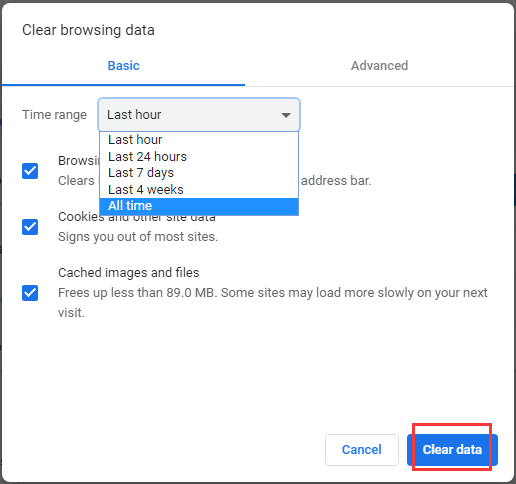
Then I run the installation using (file name, as it was saved/downloaded, is bolded – in my case I used “b”): sudo dpkg -i google-chrome-stable_current_b In my case that was “Pictures,” but I suppose most normal people will put that into “Downloads,” so: 🙂 cd Downloads Then I used the command prompt to open the directory where I had downloaded the package. Then I downloaded the latest version “64 bit. When you are typing the password, the command prompt may not move, as if nothing is happening, but once you hit “Enter,” all’s good – or you get a notification that you’ve entered an incorrect password if you mistype. I had to do it “manually,” using the command prompt (CTRL+ALT+T).įirst I removed the existing installation using the command: This solution should work with any Debian (and Ubuntu as its child) Linux distro – but I haven’t tested it (feedback is welcome). But the usual update methods didn’t work. If you are part of the 10%, please consider upgrading to a newer version of the operating system before support ends.I had a problem with Google Chrome on Linux Mint warning me there is a new version and that I should update.

That’s the good news, but the bad news is that 10% of Windows users are still on Windows 7, which is now 13 years old. Needless to say, using Chrome will be significantly riskier on machines running these old versions of Windows.Īccording to StatCounter, over 85% of Windows users have moved on to either Windows 10 or Windows 11. That means that Google won’t patch any bugs or fix any vulnerabilities.

Now that Microsoft is no longer offering support or releasing updates for the two operating systems, there’s not much need for Chrome to continue supporting them.Ĭhrome will still work on Windows 7 and Windows 8.1 devices - the app won’t just suddenly stop opening - but users won’t see any more updates. Windows 8.1 will reach its end of support on the same day, and Microsoft won’t offer an ESU program for the oddly-named release.


 0 kommentar(er)
0 kommentar(er)
